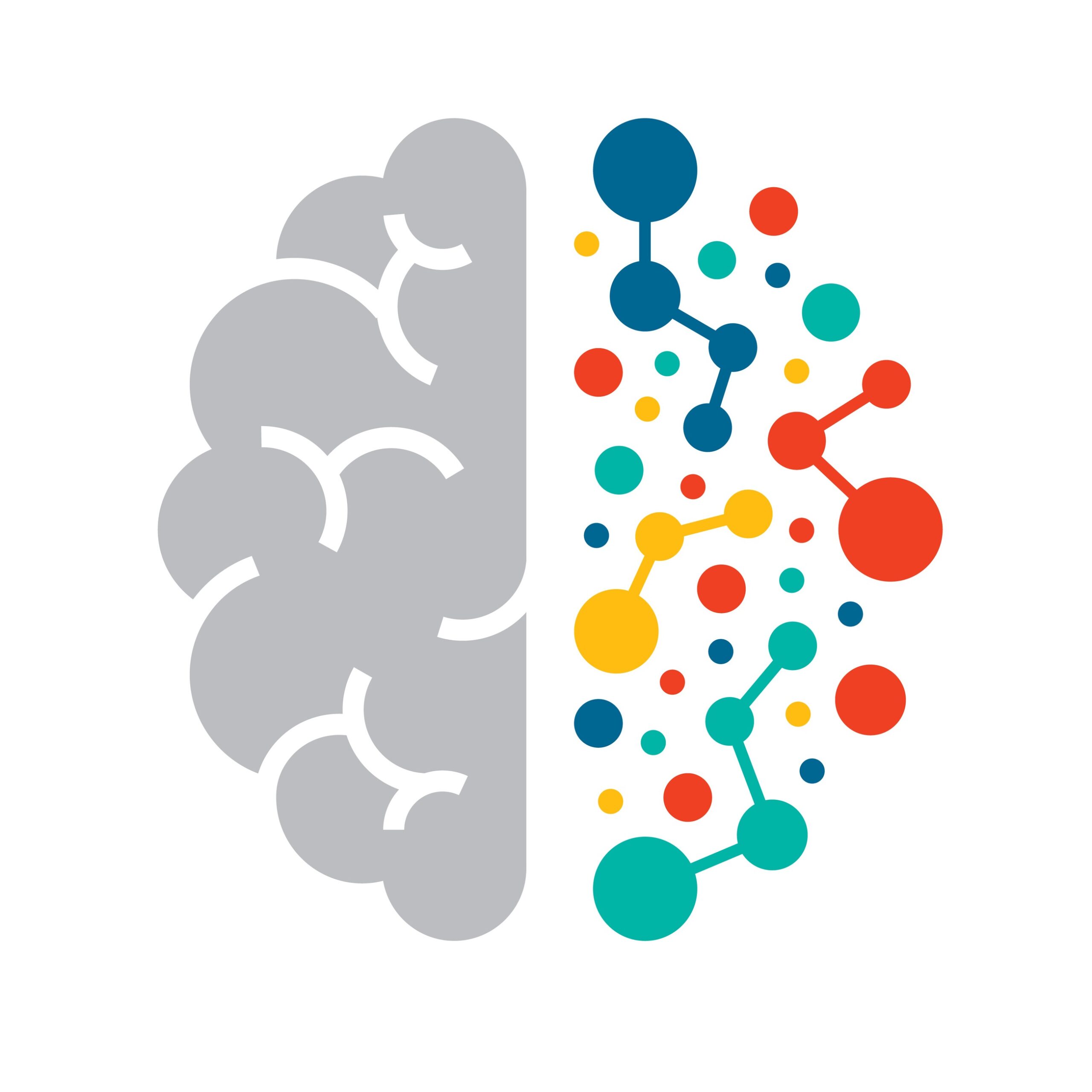In the dynamic landscape of modern workplaces, nurturing employee wellbeing has emerged as a cornerstone of organisational success. Striving to create environments where employees thrive, businesses delve into a trove of resources, including business intelligence, data analytics, and the burgeoning field of neuroscience. But what’s the connection between these seemingly disparate realms? As both a business intellience professional and a dedicated neuroscience educated wellbeing warrior, I want to explore how they converge to sculpt a workplace culture that champions wellbeing.
Deciphering Patterns and Trends
Business intelligence tools serve as the compass, navigating through oceans of data to uncover patterns and trends. Within this sea of information lie valuable insights into employee engagement, productivity, and the factors influencing workplace stress. By deciphering these patterns, organisations can preemptively address issues that undermine well-being.
Personalisation: The Key to Effective WellBeing Programs
Neuroscience underscores the significance of personalised interventions in promoting wellbeing. Leveraging data-driven insights, organisations can tailor wellbeing programs to cater to the diverse needs and preferences of their workforce. By analysing employee demographics, preferences, and health metrics, organisations craft initiatives that resonate with individual employees, fostering a sense of ownership over their wellbeing journey.
Quantifying Impact: The Power of Data
Data analytics empowers organisations to measure the efficacy of their well-being initiatives. By scrutinising metrics such as employee satisfaction, absenteeism rates, and health outcomes, organisations gauge the impact of interventions and make informed adjustments. Armed with data-driven insights, decision-makers can fine-tune strategies to optimise employee wellbeing effectively.
Guiding Decision-Making with Neuroscience
Neuroscience sheds light on decision-making processes concerning workplace wellbeing. Insights into the brain’s response to stress inform decisions aimed at mitigating workplace stressors and fostering resilience. By integrating neuroscience findings with data analytics, organisations devise strategies that resonate with employees at a fundamental level, laying the foundation for a positive work environment.
Cultivating a Flourishing Work Environment
Business intelligence and data analytics converge to cultivate a work environment that nurtures employee wellbeing. By analysing workplace dynamics, communication patterns, and environmental factors, organisations identify opportunities to foster collaboration, autonomy, and psychological safety. These elements, essential for wellbeing, form the bedrock of a culture where employees thrive.
Conclusion: A Symphony of Insights
In the symphony of workplace wellbeing, business intelligence, data analytics, and neuroscience harmonise to create a transformative melody. Through their collective efforts, organisations orchestrate cultures that prioritise employee health, happiness, and productivity. By leveraging insights from these disciplines, businesses navigate the complex terrain of modern workplaces, steering towards a future where well-being isn’t just a goal—it’s a way of life.

